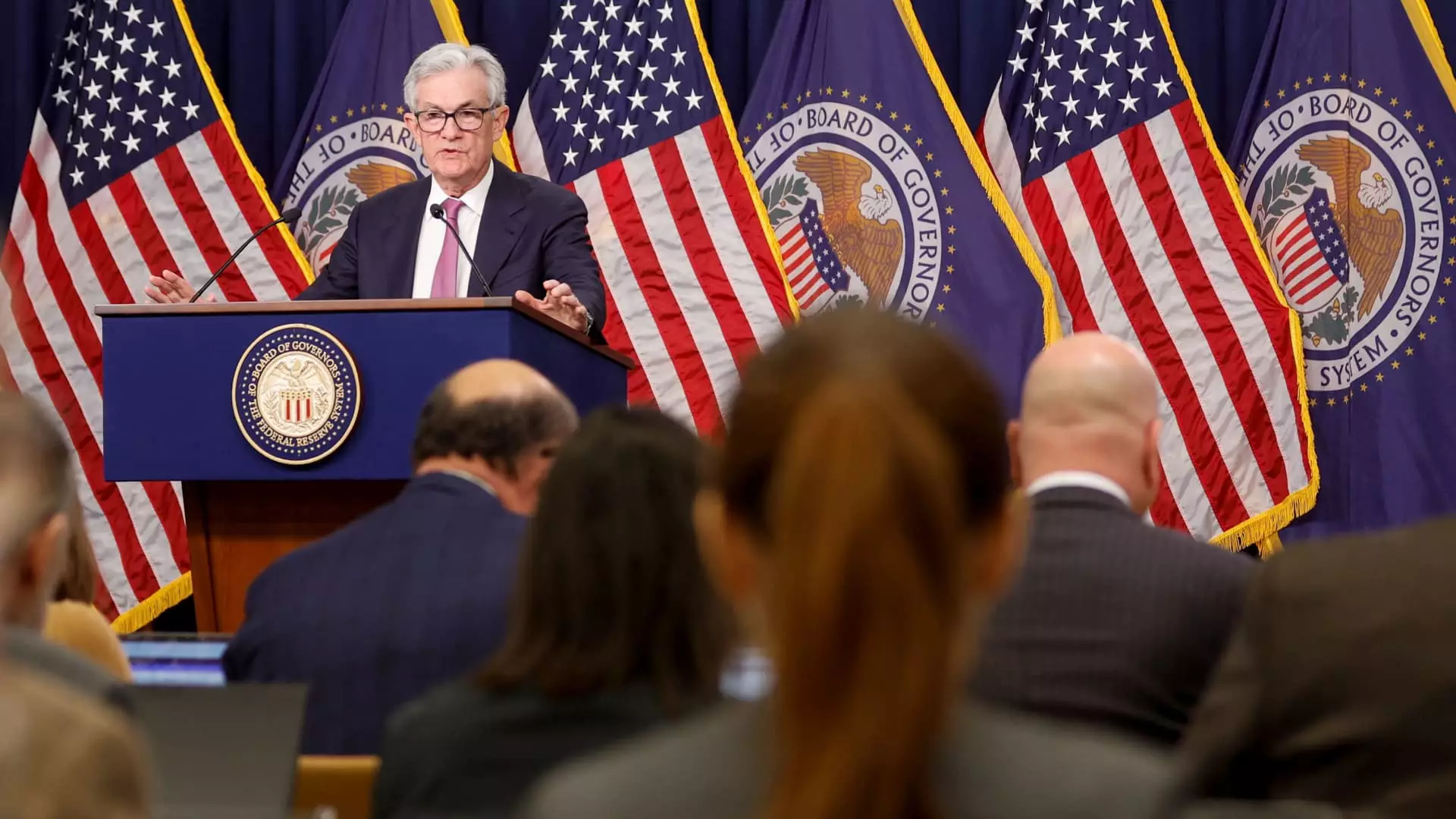In 2024, the Federal Reserve made a notable decision by lowering its interest rate target three times. While this move was aimed at stimulating economic activity, it has instigated a wave of potential homebuyers and existing homeowners eagerly anticipating a drop in mortgage rates. However, market analysts are cautioning that any significant decreases in mortgage rates may be delayed. “A realistic expectation is that mortgage rates will remain around the 6.5% to 7% mark,” advises Jordan Jackson of J.P. Morgan Asset Management, warning that many homeowners hoping for relief may be disappointed.
Mortgage rates do not simply mirror the Federal Reserve rates; instead, they are closely aligned with longer-term government borrowing costs, particularly those associated with the 10-year Treasury note. Recently, yields on these instruments have seen an uptick as investors speculate about forthcoming fiscal policies that might be enacted in Washington. Such trends emphasize the interconnectedness of mortgage rates with broader economic indicators and investor sentiment.
This relationship means that even as the Fed attempts to shape monetary policy, external economic factors often exert a stronger influence on the mortgage market. As a result, the expectations around future economic policies could exacerbate current mortgage rate conditions.
Quantitative Easing and its Long-Term Effects
The dynamics of mortgage rates have also been significantly affected by the Federal Reserve’s previous monetary policies. During the pandemic, the Fed engaged in aggressive quantitative easing, which involved the purchase of extensive amounts of mortgage-backed securities. This strategy was designed to stabilize the economy by influencing demand in the bond market. As noted by various economists, including Matthew Graham from Mortgage News Daily, this strategy had its merits but also drawbacks. The aggressive approach in 2021 resulted in an unprecedented drop in mortgage rates, creating exceptional conditions for homebuyers.
However, the Fed has since shifted gears towards a plan of quantitative tightening, allowing their mortgage-backed securities to mature. This withdrawal from the market is likely to exert upward pressure on the difference between mortgage rates and Treasury yields, further complicating the landscape for prospective buyers.
According to experts, the intricate dance between the Fed’s policies, market expectations, and broader economic conditions will continue to shape the mortgage rate environment. Economists at Fannie Mae argue that even though the Fed plays a critical role, the present rates are primarily dictated by developments in the Treasury yields and the shifting dynamics of mortgage-backed securities.
As borrowers and homeowners watch the market closely, they may find themselves in a persistent state of uncertainty. While the Fed’s maneuvers may provide temporary relief or aggravate current situations, the underlying economic conditions may dictate the availability of favorable mortgage conditions in the near future.
While there is hope for reduced mortgage rates, reality suggests a complex interplay of factors that may keep them elevated for the foreseeable future. As such, those navigating the mortgage landscape must remain informed and adaptable to the evolving economic climate.

